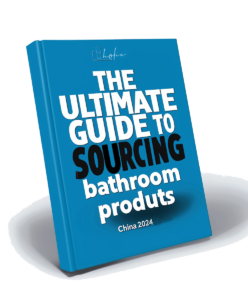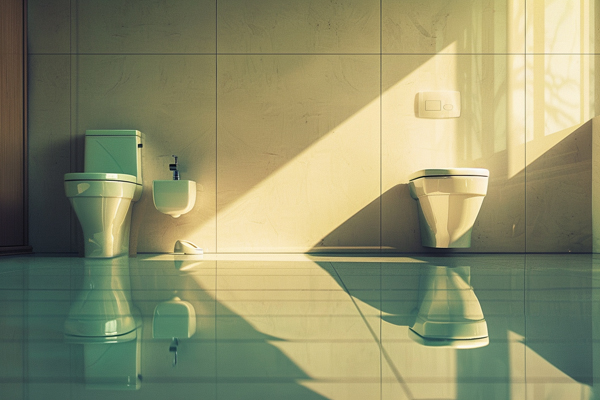
Struggling to choose between siphonic and washdown toilets1? Here’s how to decide what suits your needs.
Siphonic and washdown toilets work differently, and each offers unique benefits. This guide compares their features, efficiency, and suitability for different needs.
The choice between these systems affects water usage, cleaning ease, and overall performance—let’s dive into which is right for your home.
What is the difference between siphonic and washdown toilets?
Choosing the right toilet starts with understanding the basics. Siphonic and washdown models are fundamentally different in their flushing mechanisms.
Siphonic toilets use a vacuum-assisted flush, while washdown toilets2 rely on gravity to clear waste.

Key Differences Explained:
| Feature | Siphonic Toilets | Washdown Toilets |
|---|---|---|
| Flushing Mechanism | Uses vacuum suction | Relies on gravity |
| Water Consumption | Generally higher | Typically uses less water |
| Noise Level | Quieter flush | Louder flush |
| Cleaning Efficiency | Reduces skid marks | May require more frequent cleaning |
Understanding these distinctions will help you determine which system aligns with your home’s needs.
How does a siphonic toilet work?
A siphonic toilet3 creates a vacuum force that pulls waste through the trapway using a strong water flow.
The vacuum action ensures a quieter, more thorough flush.

Why Siphonic Systems Stand Out:
- Vacuum Power: The flushing system forms a siphon, pulling waste away smoothly.
- Water Seal: Prevents odors from coming back up the drain.
- Reduced Splash: Keeps the bowl cleaner with each use.
This design makes siphonic toilets ideal for households seeking powerful yet quiet flushes.
When did siphonic washdown toilets first become popular?
Siphonic toilets gained popularity in the early 20th century as indoor plumbing advanced.
The combination of hygiene improvements4 and design innovation fueled their widespread adoption.
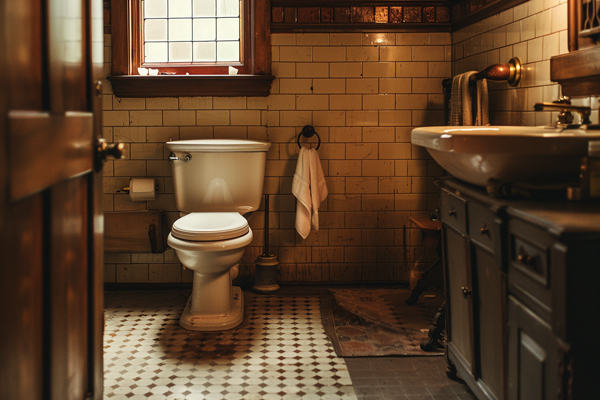
Historical Milestones:
- 1900s: Early siphonic models emerged in Europe and North America.
- Mid-20th century: Became standard in luxury homes.
- Today: A common choice for high-end bathrooms worldwide.
Which flushing system is better: Siphonic or Washdown?
The answer depends on your priorities—water efficiency5, noise level, and ease of cleaning all play a role.
Siphonic toilets offer quieter, cleaner flushes; washdown models save water and space.

Choosing Based on Needs:
| Priority | Best System |
|---|---|
| Water Efficiency | Washdown |
| Quiet Operation | Siphonic |
| Cleaning Ease | Siphonic |
| Compact Design | Washdown |
Your choice should align with your lifestyle and environmental concerns.
Are washdown toilets more efficient than siphonic models?
Yes, in terms of water usage. Washdown toilets typically require less water per flush.
Lower water consumption6 makes washdown toilets ideal for eco-conscious homes.

Efficiency at a Glance:
- Water-Saving Designs: Modern models use as little as 3 liters per flush.
- Reduced Clogging: Simpler design means fewer blockages.
- Shorter Flush Time: Clears waste quickly and effectively.
What makes a toilet flush more powerful?
A toilet’s flush power comes from water pressure, trapway design, and bowl shape.
Higher water flow and efficient trapways increase flushing strength.
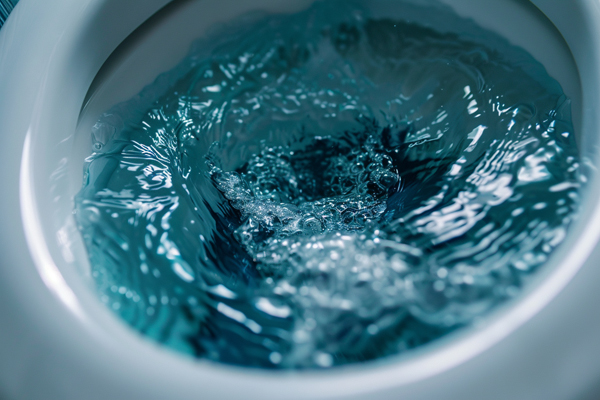
Boosting Flush Performance:
- Wider Trapways7: Reduce clogging and increase flow speed.
- Pressurized Tanks: Add extra force to the flush.
- Optimized Bowl Design: Guides waste more effectively.
What is a flush performance rating, and why does it matter?
Flush performance ratings8, like MaP (Maximum Performance), measure how much waste a toilet can remove in a single flush.
Higher ratings ensure better performance and fewer blockages.

Why Ratings Are Important:
- Efficiency: Better-rated toilets use less water.
- Reliability: Fewer flushes mean less maintenance.
- Environmental Impact: Saves water over time.
Which type of toilet flush uses less water: Siphonic or Washdown?
Washdown toilets are more water-efficient by design.
They typically require only 3-4 liters per flush compared to 6 liters or more for siphonic models.
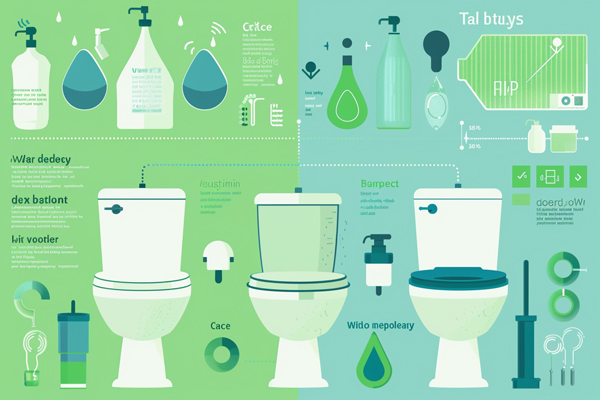
Water Consumption Comparison:
| Toilet Type | Average Water Usage (per flush) |
|---|---|
| Siphonic | 6-8 liters |
| Washdown | 3-4 liters |
If reducing water usage is a priority, washdown systems are the better choice.
How can you make your toilet more water-efficient?
Simple upgrades can help reduce water waste without replacing your toilet.
Install dual-flush systems, fix leaks, and adjust float levels for better efficiency.
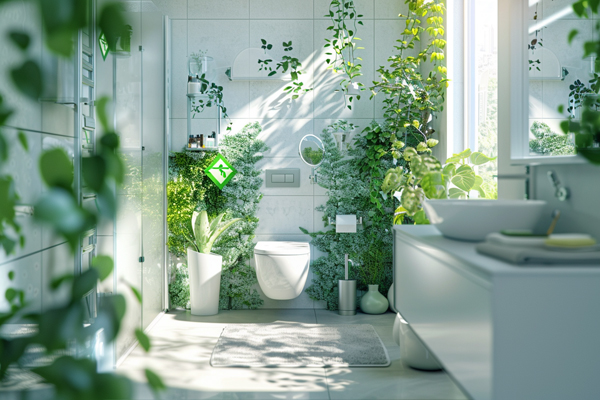
Easy Water-Saving Tips:
- Dual-Flush Conversion Kits: Offer two flush options.
- Leak Checks: Regularly inspect for silent leaks.
- Low-Flow Aerators: Reduce water usage without affecting performance.
What are the advantages and disadvantages of siphonic toilets?
Siphonic toilets offer several benefits but also come with downsides.
They’re quiet and effective but use more water and can clog more easily.
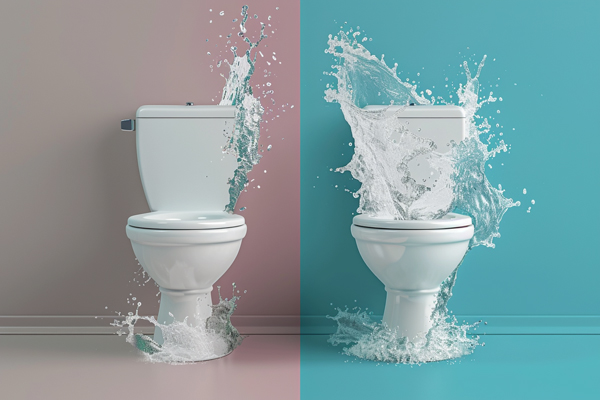
Pros and Cons:
| Advantages | Disadvantages |
|---|---|
| Quieter operation | Higher water consumption9 |
| Cleaner bowl | Larger design footprint |
| Reduced odors | More prone to clogs |
Are siphonic toilets good for everyday use?
Yes, especially for homes prioritizing quiet operation and cleanliness.
They offer reliable performance but may increase water bills slightly.
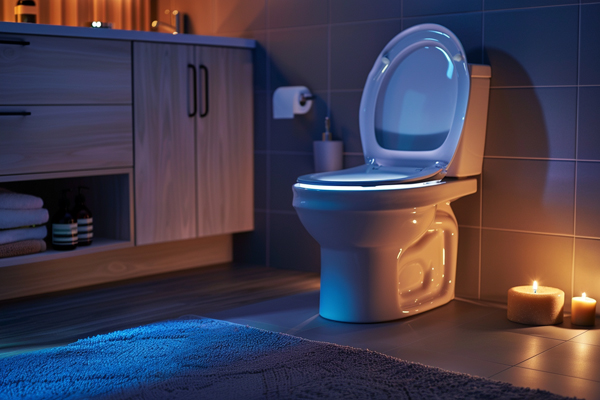
Everyday Benefits:
- Low Noise: Ideal for households with light sleepers.
- Clean Bowl Design: Reduces cleaning frequency.
- Durable Construction: Built for long-term use.
Why is my siphonic toilet not flushing properly?
Common causes include clogs, low water pressure, or faulty parts.
A weak flush often signals a blockage or insufficient water supply.
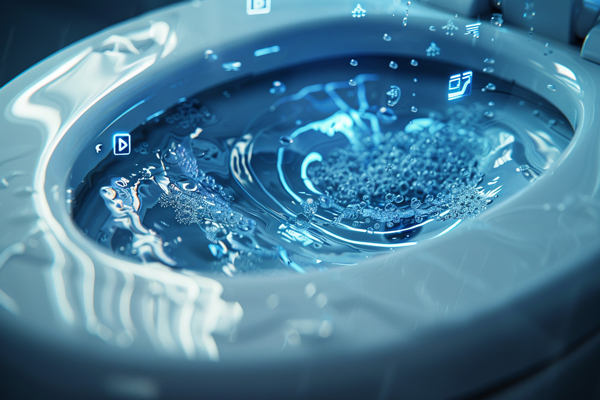
Troubleshooting Tips:
- Check for Clogs: Use a plunger or drain cleaner.
- Inspect the Tank: Ensure water levels are adequate.
- Replace Worn Parts: Flappers and seals wear out over time.
How do you fix common problems with washdown toilets?
Washdown toilets are simpler, but issues like weak flushing10 and leaks can occur.
Most problems can be solved with basic maintenance or part replacements.

Quick Fixes:
- Weak Flush: Clear blockages from the trapway.
- Leaks: Tighten seals or replace gaskets.
- Water Waste: Adjust the float level to prevent overflow.
How do I choose the best toilet flush system for my home?
Consider water efficiency, space, noise level, and ease of maintenance.
If water-saving is a priority, choose washdown; for a quieter flush, go with siphonic.
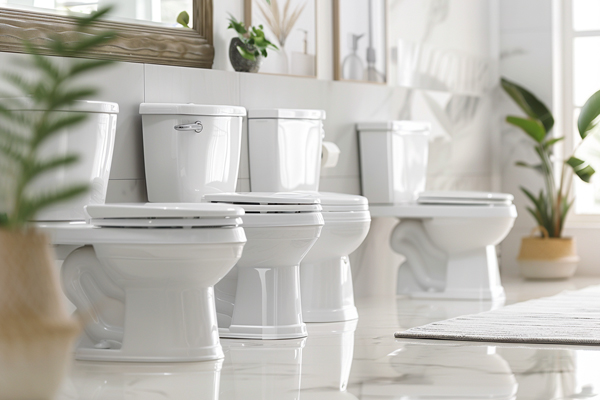
Selection Guide:
| Factor | Best Choice |
|---|---|
| Space-Saving | Washdown |
| Water Efficiency | Washdown |
| Quiet Operation | Siphonic |
| Easy Maintenance | Washdown |
Conclusion
Choosing between siphonic and washdown toilets depends on your priorities. Siphonic models offer quieter, cleaner flushes, while washdown toilets save water and space. Evaluate your household’s needs, and you’ll find the perfect toilet for your bathroom.
-
Understanding the differences can help you make an informed decision for your bathroom needs. ↩
-
Learn about washdown toilets to see how their gravity-based system compares to siphonic models. ↩
-
Explore this link to understand the mechanics and benefits of siphonic toilets, enhancing your knowledge on efficient flushing systems. ↩
-
Learn about the hygiene benefits of siphonic toilets and how they contribute to better sanitation. ↩
-
Learn about the importance of water efficiency in toilet selection and how it affects your water bill and the environment. ↩
-
Understanding the impact of lower water consumption can help you choose a more sustainable and cost-effective toilet option. ↩
-
Exploring this topic will reveal how design impacts efficiency and reduces clogs in toilets. ↩
-
Understanding flush performance ratings helps you choose efficient toilets that save water and reduce blockages. ↩
-
Understanding the environmental effects can help you make informed choices about toilet options and water usage. ↩
-
Understanding the causes of weak flushing can help you troubleshoot and fix your toilet effectively. ↩


